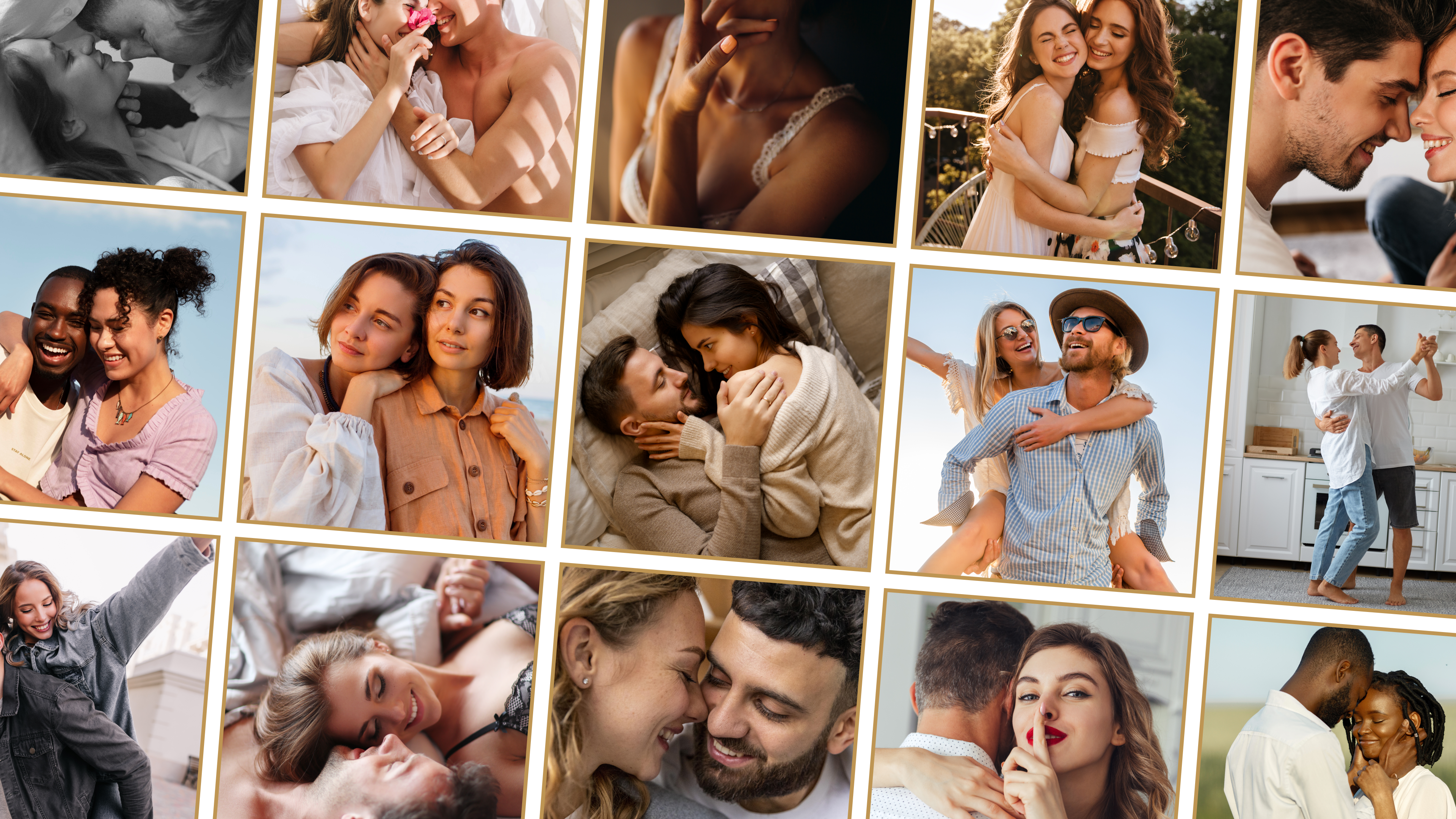Jose Amaya, 36, was born deaf in El Salvador, with only the ability to hear extremely loud noises, such as emergency alarms.
His grandparents raised him but could communicate only with simple hand gestures. They didn’t know of any schools for deaf children, so while Jose’s brothers went to class, he stayed home, taking care of the farm animals and planting fruits and vegetables.
At 10, he moved to California to live with his parents, who had come to the U.S. years earlier. He finally started learning American Sign Language in school. But when he was about 12, his peripheral vision started getting fuzzy. He was slowly going blind.
Earth Kidkul from Braille Institute Los Angeles shows how people who are blind can use an iPad to send email.
Jose has Usher syndrome, a condition that affects both hearing and vision. Retinitis pigmentosa, a degenerative eye disease, has deteriorated his sight so much that he now can make out only blurry shapes. He prays it won’t get worse.
When Jose started coming to classes at the Braille Institute in 1999, there was a petite young receptionist with big brown eyes and a kind smile. He wanted to talk to her but didn’t know how. She didn’t know sign language.
“I could see better then,” Jose signed, with Tania translating. “We didn’t know each other. It felt kind of awkward, how to communicate.”
Growing up nearby, Tania Amaya, 40, often walked by the Braille Institute but never really knew what went on inside the austere concrete building on Vermont Avenue.
She started volunteering there while taking classes at Los Angeles City College next door and quickly fell for the place. In 1999, she took a job as a receptionist. She watched the deaf-blind students talking with each other, signing into each others’ hands, feeling the words.
“What a beautiful language,” she thought.
Jose wanted to take care of himself. So, in 2001, he moved to Sands Point, N.Y., about an hour’s drive northeast of Manhattan, to attend vocational and independent living classes at the Helen Keller National Center for Deaf-Blind Youths and Adults.
“I had never before seen so many deaf and blind people,” Jose said. “We socialized and communicated. We just enjoyed chatting.”

